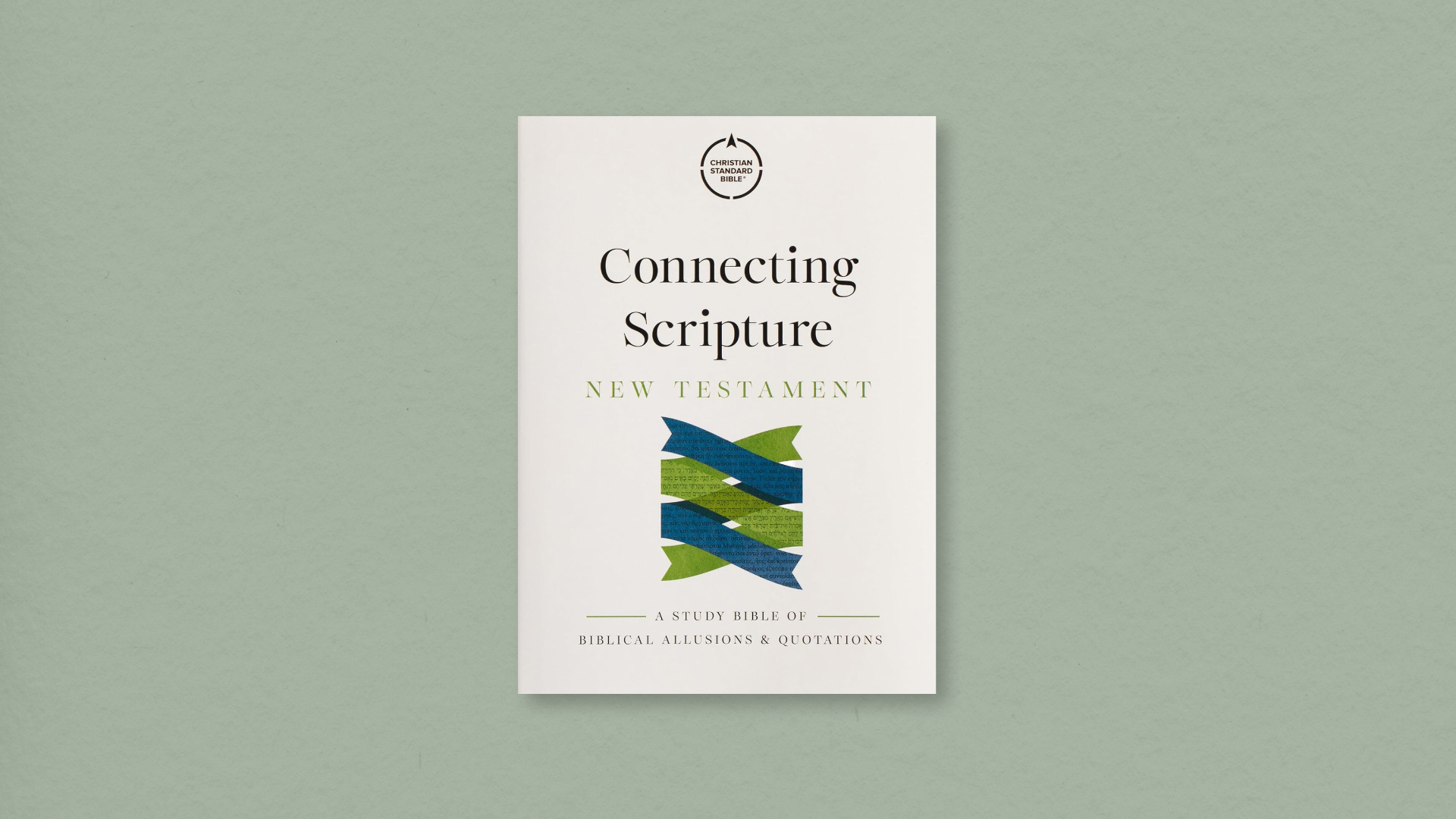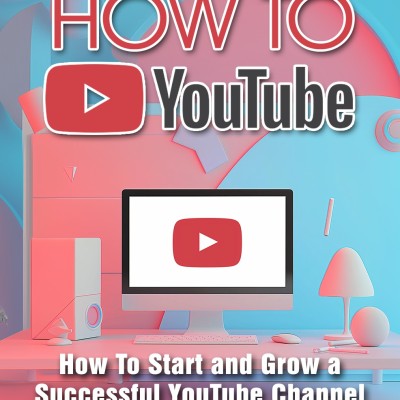
www.thegospelcoalition.org
Discover Rich Connections Between the New and Old Testaments
The more I study Scripture, the more deeply aware I become of the dependence of the New Testament on the Old Testament. Beyond the quotes, which most of our modern translations identify for us, there are so many thematic and textual connections, which are hard to find unless you know your Bible really well.
When in seminary, my friends and I used to talk about how useful a study Bible that connected the Old and New Testaments would be. That’s why the publication of the Connecting Scripture New Testament (CSNT) is so exciting. This is the type of resource I’ve wanted for more than a decade. It has the potential to enrich many people’s understanding of the whole counsel of God.
The CSNT was coordinated by general editors G. K. Beale (professor of New Testament at Reformed Theological Seminary, Dallas) and Benjamin Gladd (executive director of The Carson Center for Theological Renewal), with over a dozen contributors. I had the opportunity to interview Gladd to learn more about this project.
You’ve been studying the Bible for decades now in your academic work. How has this project changed the way you read Scripture?
The idea for the Connecting Scripture New Testament has been in the back of my mind for a decade. English translations often flag Old Testament quotations by using quotation marks or bolding the font, but they don’t mark allusions. That frustrated me.
So, I wanted to produce a Bible that drew the readers’ attention to allusions, but I couldn’t figure out how to make that happen. Then, it occurred to me: What if I underlined the text in the body and added the Old Testament reference in italics to the margins? Is that possible? Yes. That realization set the project in motion.
Then, when I started working with the publisher, we decided to put direct quotes of the Old Testament in blue and allusions in green fonts to make these connections stand out without disrupting the reading experience. That was a breakthrough.
With the colors embedded within the text itself, it’s helped me read the New Testament with a far deeper appreciation of the presence of the Old Testament. The result is absolutely striking—and I’m the guy who pieced this project together! When I read the CSNT, I’m blown away at how the apostles reference the Old Testament.
What constitutes an allusion? What basic process did you use to identify those references?
The apostles quote the Old Testament about 350 times but allude to it about 3,000 times. An allusion is an indirect reference to the Old Testament that employs unique wording that thematically connects to the earlier passage and its surrounding context.
The apostles quote the Old Testament about 350 times but allude to it about 3,000 times.
Sometimes the allusions are so strong that the shared wording could be considered a borderline quotation. On the other hand, a single word can faintly allude to an Old Testament passage. For example, many commentators contend that the Greek word mogilalōn (translated “had a speech impediment”) in Mark 7:32 alludes to Isaiah 35:6, where the speech of “stammerers” (mogilalōn in the LXX) will be clear. This word only occurs in these two texts. But not only is there textual agreement between the two passages, there are numerous thematic parallels.
How would you envision someone using the CSNT in sermon preparation or devotional study?
Most of the Old Testament connections we identified in the CSNT can be found in various commentaries and scholarly books. But the CSNT is, I think, the easiest way to discover the presence of the Old Testament in the New Testament.
This volume shows pastors and teachers what Old Testament passages they probably should mention while teaching through a text. But every Christian will likely be surprised by how much the apostles depend on the Old Testament. As we read the blue and green words in the CSNT, the connections jump off the page. We’ve also included ample study notes that serve as a running commentary on these connections, which can be helpful in sermon prep or personal study.
I frequently use the Dictionary of the New Testament Use of the Old Testament as I prepare to teach. How is this project different from that earlier volume?
My hope is that Christians will use the CSNT on a regular basis as they are reading the Bible. It’s designed to be a readable, standalone text rather than a reference.
In contrast, the Dictionary of the New Testament Use of the Old Testament project is just that—an alphabetically sorted reference on the mechanics of how the New Testament authors employ the Old Testament. My hope is that before someone turns to the Dictionary, they can examine the CSNT to get their key questions answered.
Is there a plan to produce a similar resource for the Old Testament?
Yes! Michael Morales and I are now set to produce the Old Testament counterpart to Connecting Scripture. As you can imagine, this is a tall task. And while exceedingly complex, it must be done. For too long, many within the church have read their Bibles piecemeal. That is, believers often fail to notice the connections that run from book to book. The time has come to make explicit what the church has confessed for thousands of years: Scripture interprets Scripture.
In your mind, 20 years from now, how will you know this project was a success?
The most difficult part of writing books, at least for me, is knowing if the book has succeeded. It’s not primarily about the number of sales.
When more people recognize the apostles’ deep knowledge of the Old Testament and how they weave it into their writings, they’ll walk away with a robust view of the doctrine of Scripture. That’s what I’m hoping for. If people reach out to me and tell me that they now read the New Testament in light of the Old, then the book is a success.










